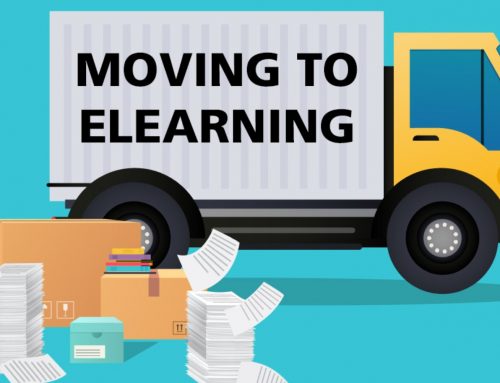 If we want to find the best direction for our eLearning course we must first know who is going to use it. We will call these people, or users, our audience. A single subject may be presented very differently depending on the audience that will use it. Once we know who the audience is, we can develop a course that relates information to their general interests and learning styles. By relating information, we can make a course more engaging, present content based on likely past experiences an audience has, and can look, feel, navigate, and deliver to a platform an audience enjoys using.
If we want to find the best direction for our eLearning course we must first know who is going to use it. We will call these people, or users, our audience. A single subject may be presented very differently depending on the audience that will use it. Once we know who the audience is, we can develop a course that relates information to their general interests and learning styles. By relating information, we can make a course more engaging, present content based on likely past experiences an audience has, and can look, feel, navigate, and deliver to a platform an audience enjoys using.
Your audiences may:
- be in Kindergarten, be in college, or be elderly
- have never used a computer, have computer experience using a PC or a Mac, be the definition of a geek
- Be surgeons, plumbers, presidents, mothers, fathers, or all of the above
- Have vision or hearing impairment
- Be in an environment without a keyboard, a mouse, a noisy environment, or a stressful environment
- Enjoy humor, reading, comic books, watching TV, or getting hands-on
So who needs to know how to change a bike tire? Let’s see… we have people who have a flat tire and we have people who may have just bought a bike and want to be prepared for a future flat tire. We can break the people with a flat tire into two groups: those who have an emergency situation (a flat tire on the road) and those that don’t (a flat tire in, say the garage). We may have managers of bike stores who want new employees to use this course for training. Finally let’s not forget that we are an audience. We could be site administrators, people who need to edit content, or people who need analytical information.
Let’s dig deeper. Through research (website analytics, survey, and discussions with potential users) we find that most the potential users will not be very familiar with the parts of the bike or tools used. Most will want to change their tire while following along with the course, and most would rather watch a video. There are some that actually need to learn from their phones or a print-out, as they are stuck on the road with a flat tire and in a bit of an emergency. Without going into the details of what the project might be, it is safe to say we have a great starting point that is tailored towards the audience.
For learning to take place with any kind of efficiency students must be motivated. To be motivated, they must become interested. And they become interested when they are actively working on projects which they can relate to their values and goals in life. – Gus Tuberville, President, William Penn College
Oh, That’s Interesting:
Personas are fictitious characters who represent unique groups of users. Once personas are defined, we can define better usability and learning methods based on how we believe a given group will use a given course. We test the personas against our ideas and strategies to have a better understanding of the end user interaction.





